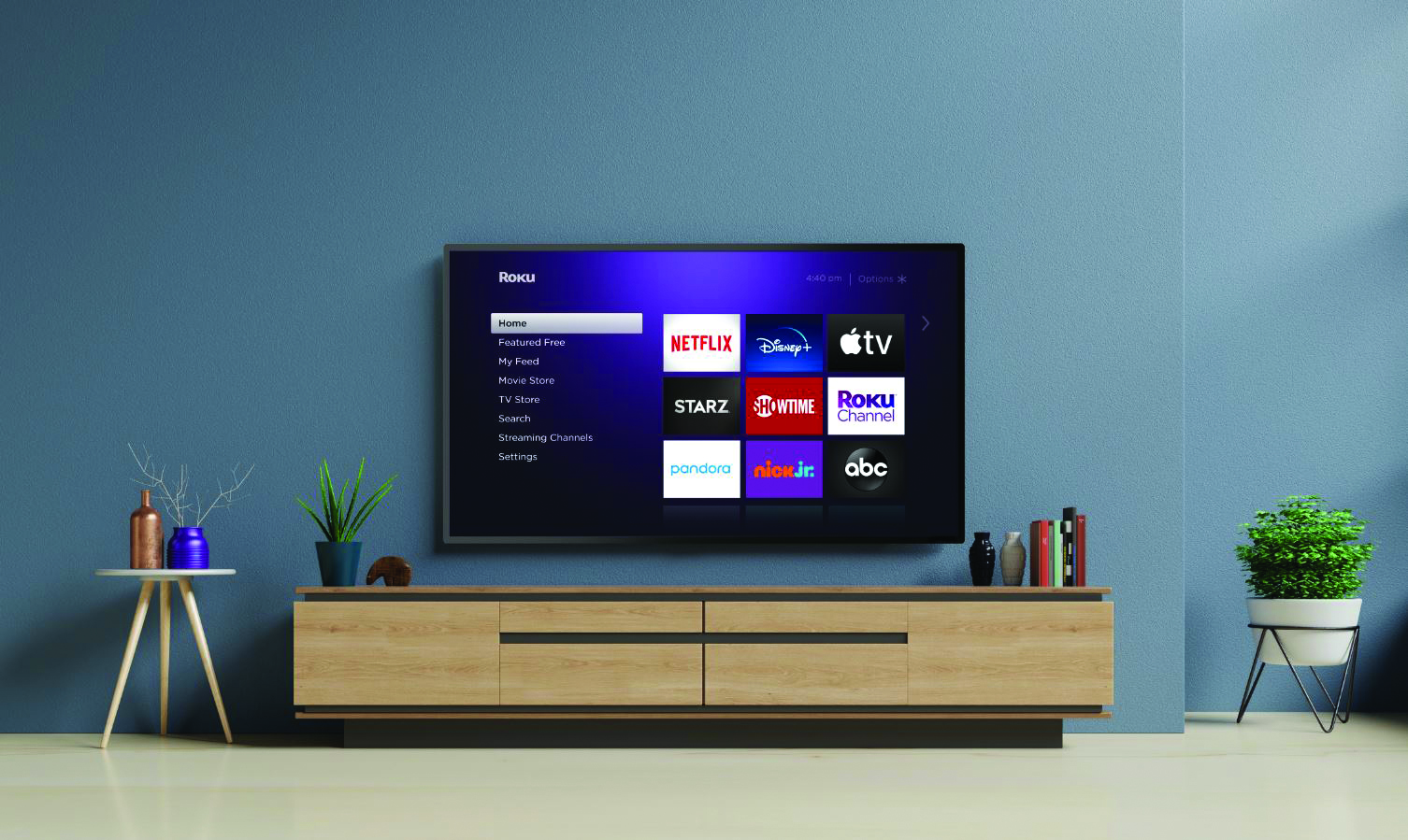Roku, Nielsen Set Table for Addressable Ads
Deal gives Nielsen more data for cross-platform measurement

Streaming and advanced TV advertising took a big step towards convergence as Roku and Nielsen made a deal focusing on strengthening their grips on advertising and measurement.
“This is somewhat of a watershed moment which should spell out to many TV buyers that the space is evolving rapidly,” said Paul Silver, global chief strategy officer for MIQ, a programmatic intelligence company. “The assumption has always been that TV will soon look more like digital in every facet of the planning and buying lifecycle. The truth, in this case, is that a digital player is becoming more like ‘TV.’ Perhaps the reality is the market will meet in the middle ground.”
In the deal, Roku acquired Nielsen’s advanced advertising business, including its automatic content recognition (ACR) and dynamic ad insertion (DAI) technologies and their associated patents.
The acquisition puts Roku in a position to enable addressable advertising not only on its streaming platform, but in linear broadcast and cable as well.
Nielsen, which has been selling off businesses to focus on its One Nielsen plan for measuring programming and advertising across all screens, gets an important customer in Roku as well as a wealth of data coming from Roku’s extensive user base.
“We believe it’s fair to question why Nielsen was flirting with this [addressable ad] business in the first place,” Sanford C. Bernstein media analyst Todd Juenger said in a research note. Placing ads is very different from measuring them, Juenger said, and “independence is core to Nielsen’s trusted, third-party role as the industry currency.”
Roku will integrate Nielsen’s Digital Ad Ratings for advertisers into its OneView media sales and advertising platform. It will also enable programmers that work with Roku to implement Nielsen Digital Content Ratings via the platform.
Multichannel Newsletter
The smarter way to stay on top of the multichannel video marketplace. Sign up below.
The businesses Nielsen is selling don’t have “anything to do whatsoever with Nielsen’s current or future measurement capabilities or process design,” Juenger said. On the other hand, delivery and execution of addressable ad campaigns “is a business that Roku is already in and has designs to make much bigger,” he said.
The deal could make Roku, whose advertising revenue growth in the streaming segment rocketed in the fourth quarter, an addressable player in traditional linear as well.
“We’re excited to work alongside our publishing partners and bring the same benefits to linear by enabling real-time replacement of traditional ads with targeted ads,” said Alison Levin, VP, ad sales and strategy at Roku. “Our goal has always been really simple: just to make TV a better experience for everyone.”
Nielsen had been testing its addressable DIA technology with a large group of programmers, including ViacomCBS, NBCUniversal, Fox and WarnerMedia.
“Owing to the partnerships that Nielsen brought to the table, Roku could reasonably address households more precisely across major stations and networks in live, linear scheduling,” MIQ’s Silver said. “This has just catapulted Roku out of CTV and into the TV big leagues.”
Bringing the industry closer to convergence could be a benefit to some media and a threat to others.
“Everybody in the industry recognizes the need for there to be greater cross-platform currency alignment,” E.W. Scripps CEO Adam Symson said. “The idea of a buyer being able to buy on-air and online impressions more easily and for those things to line up will benefit on-air, quite frankly.”
Dynamic ad insertion will also be important, particularly as broadcasters transition to the ATSC 3.0 format. Symson said Scripps is participating in experiments with multi-versioning and programmatic. “We’ve made a big investment in our over-the-air share and expect to be able to monetize that and increase the yield as the technology allows us to do it.”
Jon has been business editor of Broadcasting+Cable since 2010. He focuses on revenue-generating activities, including advertising and distribution, as well as executive intrigue and merger and acquisition activity. Just about any story is fair game, if a dollar sign can make its way into the article. Before B+C, Jon covered the industry for TVWeek, Cable World, Electronic Media, Advertising Age and The New York Post. A native New Yorker, Jon is hiding in plain sight in the suburbs of Chicago.

